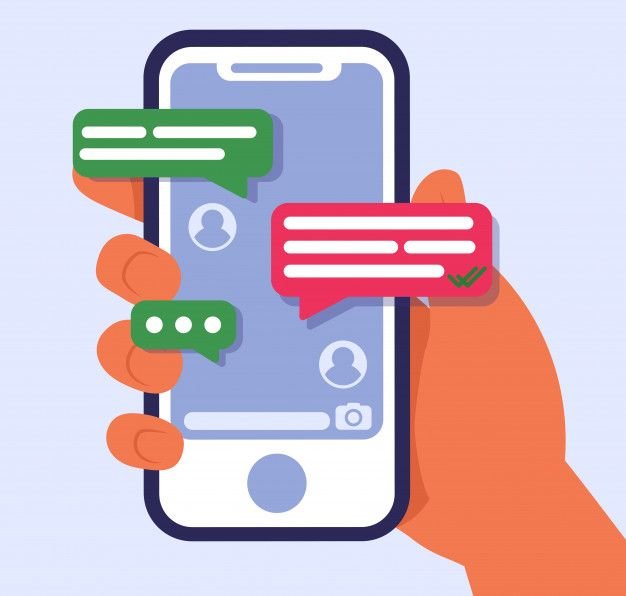In the modern era, where smartphones are ubiquitous and instant communication is the norm, texting has become an integral part of daily life. From quick exchanges with friends to important business communications, texting has revolutionized the way we connect with one another. In this article, we will delve into the evolution of texting, its impact on society, and its role in shaping contemporary communication practices.
The Rise of Texting: From SMS to Instant Messaging
Texting, short for “short message service” (SMS), first gained popularity in the late 1990s with the advent of mobile phones. Initially limited to basic alphanumeric characters and constrained by character limits, SMS allowed users to send short text messages to one another, bypassing the need for voice calls.
As mobile phones became more widespread and technology advanced, so too did the capabilities of texting. The introduction of multimedia messaging service (MMS) enabled users to send pictures, videos, and audio clips, further expanding the possibilities of mobile communication.
In parallel, the rise of internet-based instant messaging platforms such as AOL Instant Messenger (AIM), MSN Messenger, and Yahoo Messenger revolutionized online communication. These platforms offered real-time text-based chat functionality, allowing users to engage in conversations with friends, family, and colleagues from anywhere in the world.
Texting in the Smartphone Era
The advent of smartphones in the late 2000s marked a significant milestone in the evolution of texting. With the introduction of touchscreens, full keyboards, and intuitive user interfaces, texting became more convenient, efficient, and user-friendly than ever before.
Smartphone messaging apps such as WhatsApp, iMessage, Facebook Messenger, and WeChat further transformed the landscape of texting. These apps offered a wide range of features, including group chats, voice messaging, stickers, and emoji, enhancing the expressive capabilities of text-based communication.
Moreover, the integration of texting with social media platforms enabled users to seamlessly share updates, photos, and links with their social networks, blurring the lines between public and private communication channels.
The Impact of Texting on Society
The widespread adoption of texting has had a profound impact on society, influencing everything from interpersonal relationships to language and culture. Texting has become the preferred mode of communication for many individuals, especially younger generations, who often prefer texting over traditional phone calls.
One of the key advantages of texting is its asynchronous nature, allowing users to communicate at their own convenience without the need for real-time interaction. This flexibility has made texting particularly well-suited for busy lifestyles, enabling people to stay connected even in the midst of hectic schedules.
However, the convenience of texting has also raised concerns about its potential to erode face-to-face communication skills and foster feelings of isolation and loneliness. In an era where digital communication often takes precedence over in-person interaction, finding the right balance between virtual and real-world connections has become increasingly important.
Texting Etiquette and Trends
As texting has become ingrained in our daily lives, so too have norms and etiquette surrounding its use. From the appropriate use of punctuation and capitalization to the strategic use of emoji and GIFs, texting has developed its own set of conventions and cultural norms.
Moreover, texting has given rise to a variety of trends and phenomena, from the viral spread of memes and hashtags to the emergence of new forms of expression such as “text speak” and internet slang. These trends reflect the dynamic and ever-evolving nature of digital communication, as users continually adapt and innovate in response to technological advancements and cultural shifts.
Conclusion: The Future of Texting
In conclusion, texting has emerged as a cultural phenomenon in the digital age, reshaping the way we communicate, connect, and express ourselves. From its humble beginnings as a simple messaging service to its current status as a multifaceted communication platform, texting continues to evolve and adapt to the changing needs and preferences of users.
As we look to the future, the role of texting in society is likely to continue to evolve, driven by ongoing advancements in technology and changes in communication habits. While the rise of new communication platforms and technologies may alter the landscape of digital communication, texting is likely to remain a ubiquitous and essential tool for human connection in the years to come.

